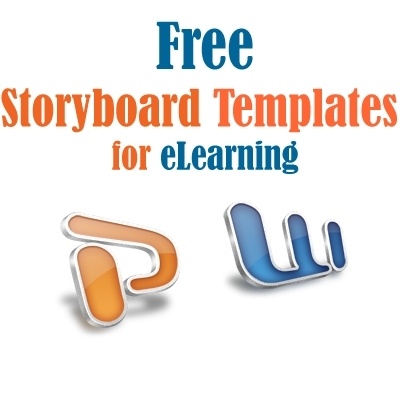eLearning Templates: 6 Considerations For Designers And Learners
There is a delicate balance for learners between consistency and sameness. Consistency leads to instinctual behavior and ease of use for a learner. Sameness leads to boredom. Templates in the eLearning development process within an eLearning authoring tool should highlight what aids the learner, but also should provide time and effort savings to the designer without inhibiting their ability to create effective training material. Here are some factors to consider.
3 Considerations For The Learner
1. Consistency
The learner should be able to focus on the task at hand, which is learning. A templated approach eliminates the mental overhead of deciphering how the material is being delivered, since the goal is to deliver the learning content in a predictable and consistent manner. Whether this is consistent formatting of static content such as key terms or helpful tips, or interactive presentations and assessments, consistency streamlines the process of engagement.
2. Variety
Templates should have enough variety to give the sense of familiarity without seeming completely repetitive or inappropriate. Learners should be engaged and assessed in a variety of ways dependant on the learning outcomes. Providing learning content in a proper variety of ways will keep the learning engaging. Forcing learning content into a format that does not match the outcome can be felt by the learner.
3. Platform/Device Freedom
Learners should be able to learn without restrictions on the available device. The users should not have to worry about restrictions on technology such as plug-ins or players. Responsive and adaptive behaviors in templates allow the learner to absorb the learning equally across all devices. In an ideal scenario, the templates should not only scale to fit on smaller devices (responsive), but should provide a different and more effective delivery of content for a smaller scale device (adaptive).
Considerations For The Designer
1. Streamlining And Reusability
As a designer, you want templates to provide you with savings in time and effort.
- Is the first-time authoring process faster than creating from scratch?
Since one of the main goals of using a template is to be able to create content rapidly, it is important that the template allows you to transfer your content from its existing source into the template. - Do the templates allow you to easily edit or update?
It should be a straightforward process to make alterations, and you should easily be able to see the results of your changes. WYSIWYG ('what you see is what you get') templates allow you to see the learner-facing output as you go. - Do the templates allow you to easily duplicate assets or entire courses when you need to create a new version?
Often times, content across interactive assets or even across entire courses is similar enough that creating a duplicate and making changes can be a huge time saver. - Does the eLearning authoring tool make it easy for you to recall and insert media assets and interactives into multiple locations?
If your assets are being managed in a content manager within the tool, images, media, or even interactives can be inserted multiple times without the need of uploading into the system again.
2. Customizability And Brand Integration
It is important to be able to make your learning content reflect your look and feel, as well as your brand. But it is also important that these allowances are not cumbersome to implement.
- Does the eLearning authoring tool allow you the flexibility to change the basics?
Basic elements such as font face and color scheme give your learning content a distinct and personalized appearance. - Do the templates allow for further, more fine-grained customization?
Background color, border color/thickness, button color, iconography, ordered and unordered list styles add an additional depth of personalization to your design. This also can be helpful in creating distinct treatments for various types of content, signaling important or required content versus supplemental content. - If so, does the tool allow you to do this in a global way?
Being able to apply a theme to all interactive assets or to an entire course not only saves critical time, but also eliminates deviation in the styling. - If so, does the tool allow you to create and save new/altered themes?
Being able to change themes is always nice, but having the control to create a new theme or create a new iteration of a theme can give you a deeper level of control over your look and feel.
3. Flexibility And Completeness
Ultimately, we all want to have the satisfaction of knowing that we have created the best learning material possible for our learners. In order for this to happen, you need flexibility and depth in the available templates.
- Does the tool or template allow you to author or include static content and media that meets all of your needs?
Based on the learning content, this can include images, audio, video, tables, and equations. - Does the tool or template allow you flexibility in the layout of these elements?
Based on the learning content, this can include single column, two-column, or major-minor layout styles. Options other than single column allow you to structure content side by side for comparing, contrasting, or contextualization. - Does the tool provide a set of interactive presentation templates that is complete enough for you to choose the most appropriate presentation of learning content?
You should be able to make decisions such as whether the user is active or passive, or whether the user can proceed through the content in a linear or non-linear way. - Does the tool provide a set of interactive assessment templates that are complete enough for you to choose the most appropriate assessment strategy?
You should be able to tailor the assessments around the learning objectives. This can include a selection or question types, the ability to mix question types within an assessment, as well as the ability to place formative and/or summative assessments.
eLearning templates can enhance or detract from the experience of the learner as well as the designer. Choosing to use a templated approach, as well as choosing an authoring tool, should be done with considerations for both of these important parties in mind.







